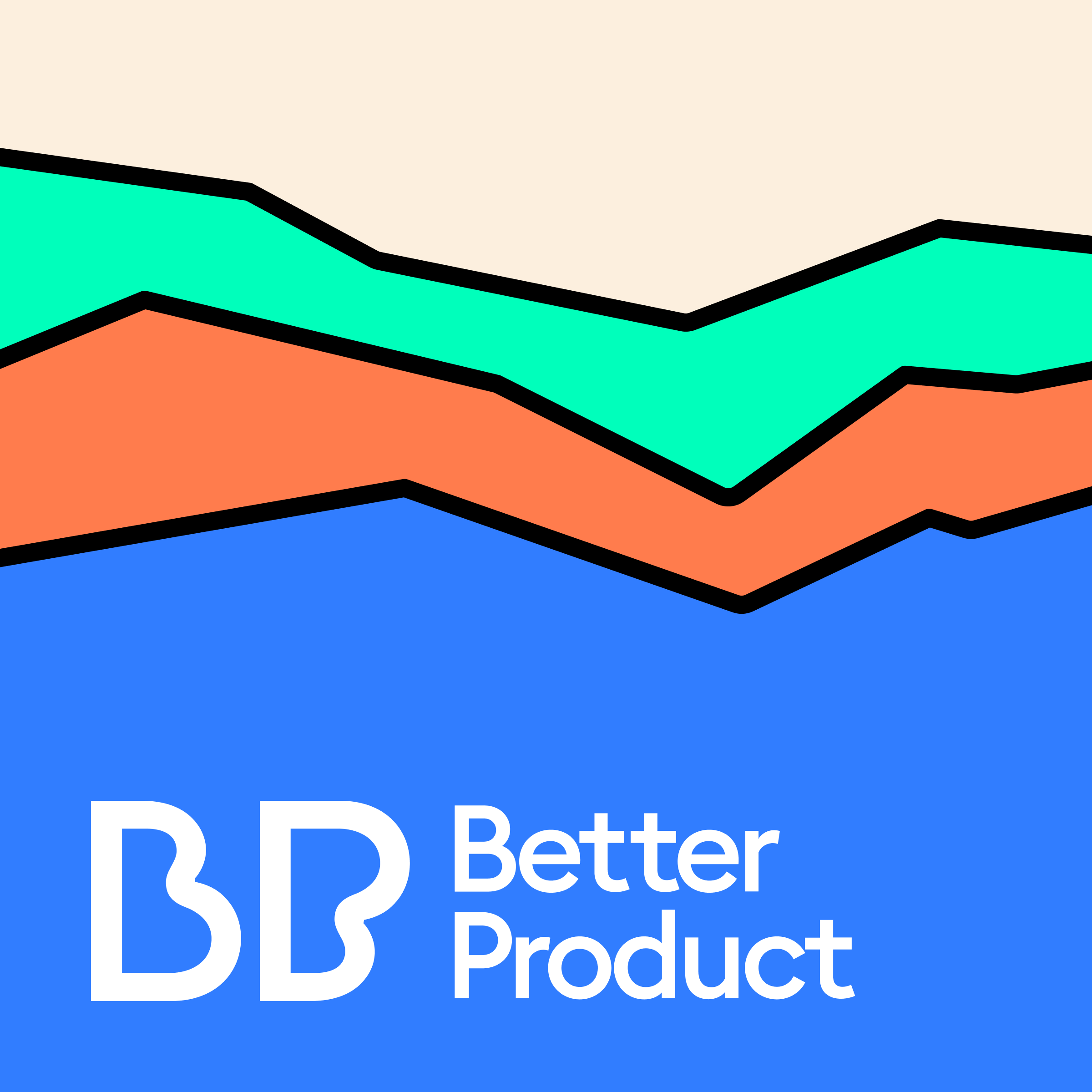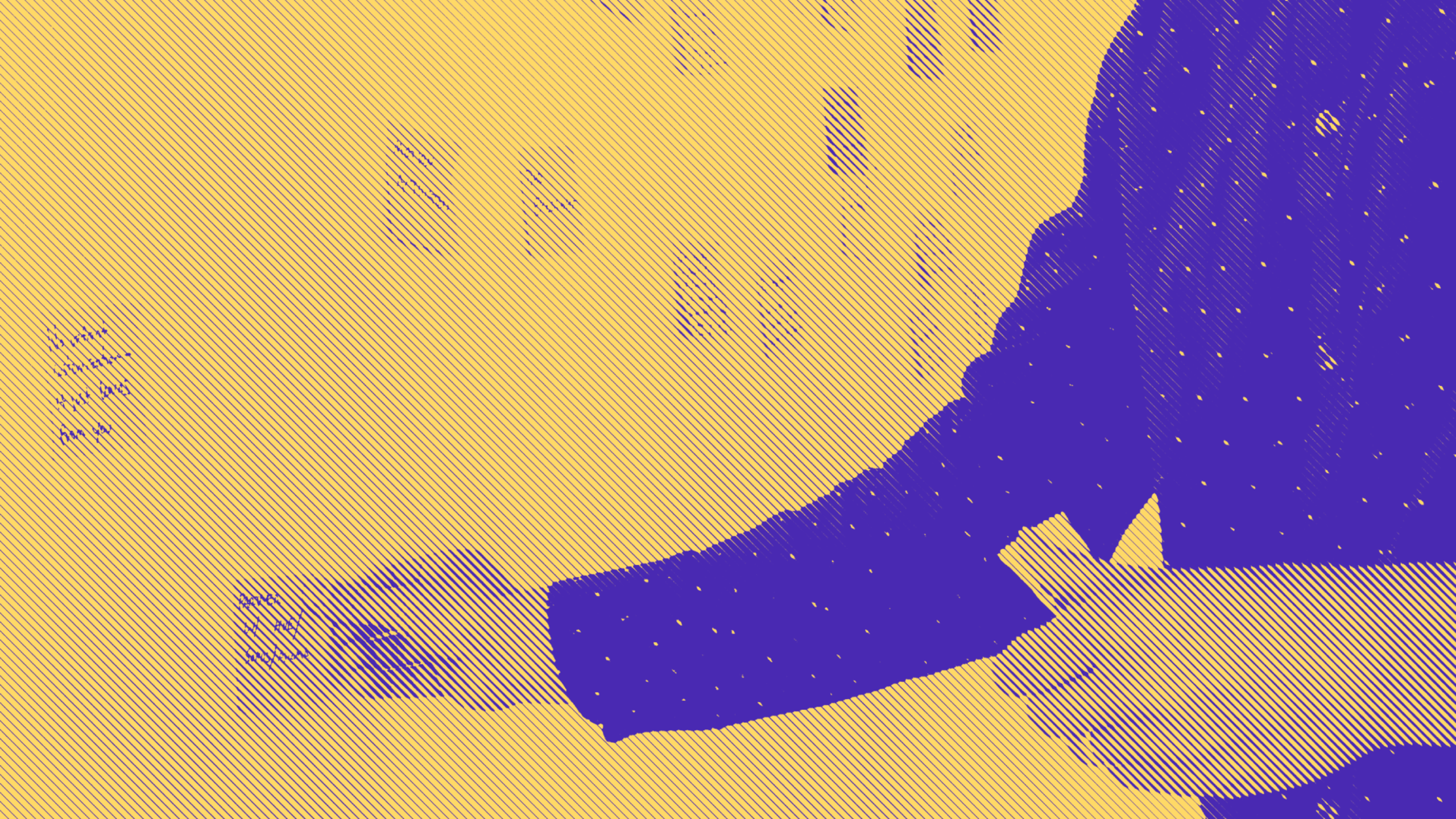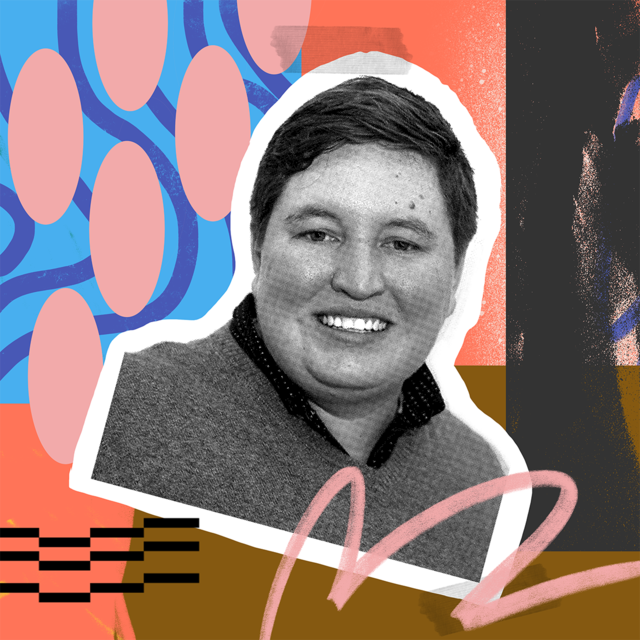
Elon Musk, Twitter, and Ego in Product

For better and for worse, ego follows us all into our work lives. But leaders must pay special attention to what role ego plays in building a product. Sometimes, ego can be the charisma an early-stage founder needs to get attention for what they’re creating. Other times, ego is a roadblock that can lead to ignoring critical perspectives from users and the product team. Using Elon Musk’s Twitter purchase as a case study, today’s show explores what role ego plays in product, when to use it to your advantage, and when to empower others to take charge.
Follow us on LinkedIn and Twitter to see the latest in Better Product, a show part of the Better Product Community powered by Innovatemap. The community is the connection point for product leaders & practitioners to learn and share what it takes to design, build, market, and sell better products. Learn more at betterproduct.community.
Takeaways
- Ego can help people believe in your product, but it can’t guide everything.
- Strive to create a “cabinet of rivals” to balance your product perspective.
- How you position your product should be true AND feel true.
Things To Listen For
- [1:00] A new room for Erica’s new role: “product therapist”
- [4:00] Our icebreaker: what company would you buy if you had the money?
- [10:00] Twitter’s new features and overall progress in the digital product space
- [14:00] Ego can have an outsized influence in spaces that are driven by people, including social networks like Twitter
- [16:00] “You can’t scale human behavior the way that you scale battery factories” – and social platforms scale “the best and the worst” of humanity
- [20:00] How to think about ego in your own product career
- [23:30] Strive to have a “cabinet of rivals” to keep your ego in check
- [24:00] You need ego in the early stage to rally people around your product vision
- [25:30] You need a little bit of ego to sell a new or unusual idea—because if you don’t believe in it, no one else will
- [26:00] How to think about ego when creating your positioning statement
- [28:00] Positioning statements about your product can be like “Tinker Bell”
- [29:30] Don’t be a dictator; trust your product team to create to the vision



